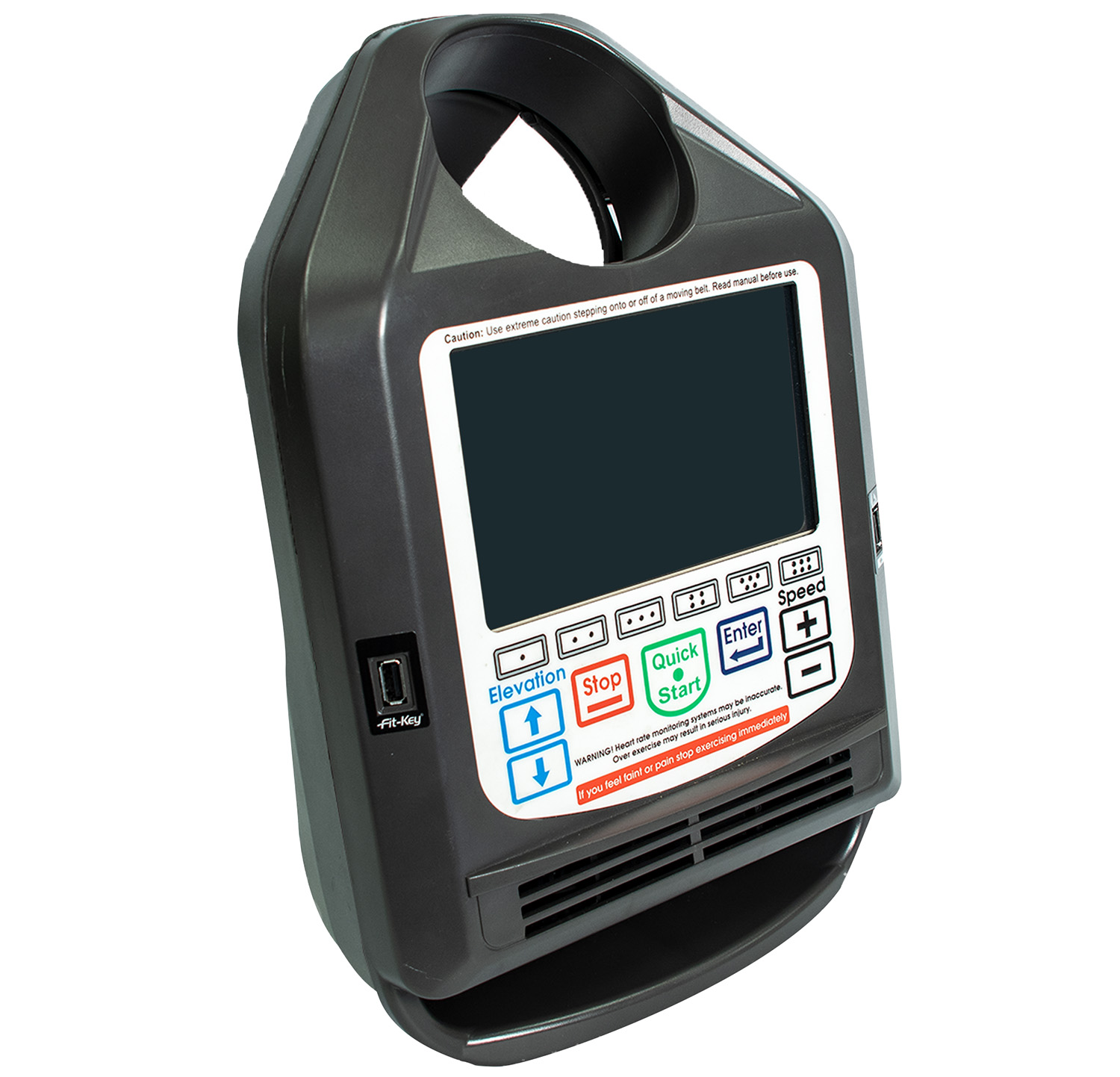Let Us Know How We Can Help. We Are Your Dedicated Solutions Provider.
Cardio Equipment Console
- Home
- portfolio
- Fitness Equipment
- Cardio Equipment Console
Case Study: Design and Manufacturing of a SciFit Console for Exercising Equipment
Published: March 12, 2021, Category: Design / Ideas
Overview
a leading brand in rehabilitation and fitness equipment, required a custom console for its exercise machines that could deliver advanced user feedback, withstand frequent use in commercial environments, and integrate seamlessly with various machine types. Our team was tasked with the end-to-end design and manufacturing of this console—from concept through production.
Objective
- Develop a durable, ergonomic, and intuitive interface.
- Integrate connectivity for heart rate monitors, USB, and fitness tracking systems.
- Enable compatibility across multiple exercise equipment models.
- Ensure compliance with medical and fitness industry standards.
Project Scope
- Product: Touchscreen-enabled console for commercial treadmill
- Key Features:
- Interactive 10” capacitive touchscreen
- Bluetooth and Wi-Fi connectivity
- Integration with fitness apps and smartwatches
- Heart rate monitoring and sensor inputs
- USB and headphone ports
- Rugged, sweat- and impact-resistant housing

Design & Engineering Process
1. Requirements Gathering
Collaborated with the client’s product and marketing teams to identify:
- Target user demographics (gym-goers, rehabilitation patients)
- Feature priorities (ease of use, durability, entertainment)
- Environmental challenges (humidity, vibration, sweat exposure)
2. Industrial Design
- Developed ergonomic console housings with intuitive interface layouts.
- Created multiple 3D design concepts and mock-ups for stakeholder feedback.
- Focused on sleek, modern aesthetics to match premium fitness equipment branding.
3. Hardware Engineering
- Selected a quad-core processor with integrated GPU for smooth UI performance.
- Designed a custom PCB with modular architecture for future upgrades.
- Incorporated multiple I/O options (USB, audio, Ethernet, ANT+/BLE).
- Incorporated Fit-Key connecting port
- Ensured EMC compliance and protection against electrostatic discharge.
4. Software Development
- Android-based operating system with custom GUI.
- Remote firmware update functionality.
- User data sync with cloud-based fitness tracking platforms.
5. Prototyping & Testing
- Built functional prototypes using rapid CNC machining and 3D printing.
- Conducted drop, vibration, and temperature tests simulating gym conditions.
- Usability tested with actual gym users for interface feedback.
Manufacturing & Assembly
1. Tooling and Production Setup
- Created injection molding tools for the polycarbonate-ABS housing.
- Designed assembly fixtures for efficient installation of PCBs, displays, and connectors.
2. Component Sourcing
- Qualified suppliers for key components (touch displays, sensors, SoC boards).
- Managed BOM cost optimization without compromising performance.
3. Quality Control
- Implemented automated test procedures for every unit:
- Display test
- Port functionality
- Wireless communication
- Sensor data accuracy
- Final functional and cosmetic inspection
Project Outcome
- Successful Launch: Over 15,000 units produced in the first 12 months.
- Positive Feedback: Users praised the responsive UI and smart connectivity.
- Reliability: Failure rate of <0.3% in the first year across commercial gyms.
- Scalability: Platform used in additional equipment lines (bikes and ellipticals).
Key Technologies Used
- ARM-based SoC.
- Capacitive multi-touch interface.
- Wi-Fi, Bluetooth, ANT+ communication.
- Cloud integration and OTA updates.
Conclusion
This project demonstrated our complete capabilities in user-centric design, embedded system engineering, and reliable electronics manufacturing. The resulting console elevated the client’s product line, giving them a competitive edge in a rapidly evolving fitness tech market.
